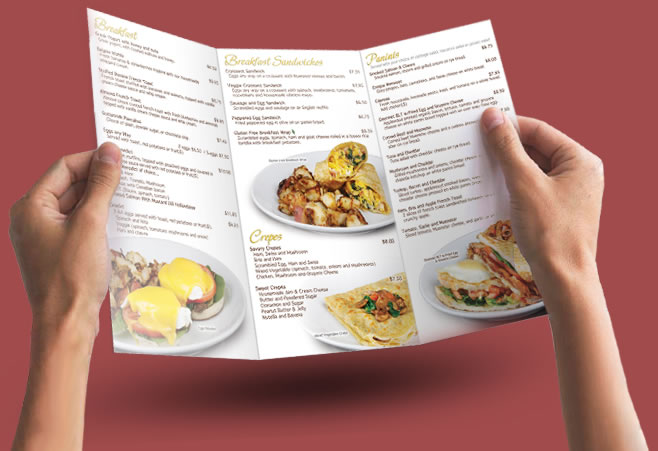What’s that you ask? The power of brochure printing for businesses? Oh, get ready to be enlightened.

Have you ever been handed a brochure at a trade show and it’s so awful, you can’t help but laugh? Yes, we’ve all been there. But let’s face it, those brochures that make you laugh, they stick with you. You remember them. That’s the power of brochure printing!
But wait, there’s more. Among the myriad of marketing tools, the humble brochure is the unsung hero.
- Everlasting Impression: Unlike a fleeting online ad, a well-designed brochure is a physical object a customer can hold. It’s like a mini billboard that fits in their pocket. Can your Facebook post do that? I didn’t think so.
- Credibility on Paper: Ever handed someone a business card and they look at you like, “Okay, so what?” A brochure, on the other hand, is like a handshake and introduction all in one. It says, “Hello, we’re legitimate. And here’s why.”
- Your 24/7 Salesman: Even while you’re sleeping or binge-watching your favorite series, your brochure is out there, tirelessly selling your products or services. No need to feed it or give it breaks. It just… works.
- Easy to Distribute: Hand them out at trade shows, leave stacks in local businesses, or even do a direct mail campaign. It’s like a tiny, paper ambassador for your brand.
- Cost-effective: Compared to other forms of advertising, brochure printing is relatively cheap. So you can spend more money on important things like fancy office chairs or that espresso machine you’ve been eyeing.

So, the next time you’re thinking of ways to promote your business, don’t forget about the power of the humble brochure. It might just be the secret weapon you’ve been looking for. Now, isn’t that a funny thought? haha! Print brochures online with BlockbusterPrint.com
